Torn between the Strasbourg of France and Germany
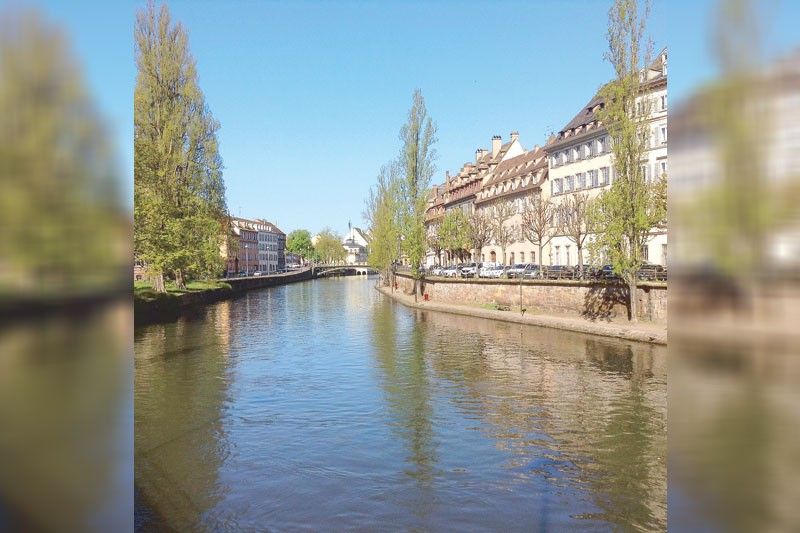
“Traffic in Strasbourg?” complained one of our traveling buddies in disbelief, as our vehicle stood still in bumper-to-bumper madness, sans any honking of horns.
“No, no, no... this is just temporary,” our amiable and knowledgeable guide interjected, defending her city with fervor. “There’s a momentary slowdown in the movement of cars because The Macron is in town.”
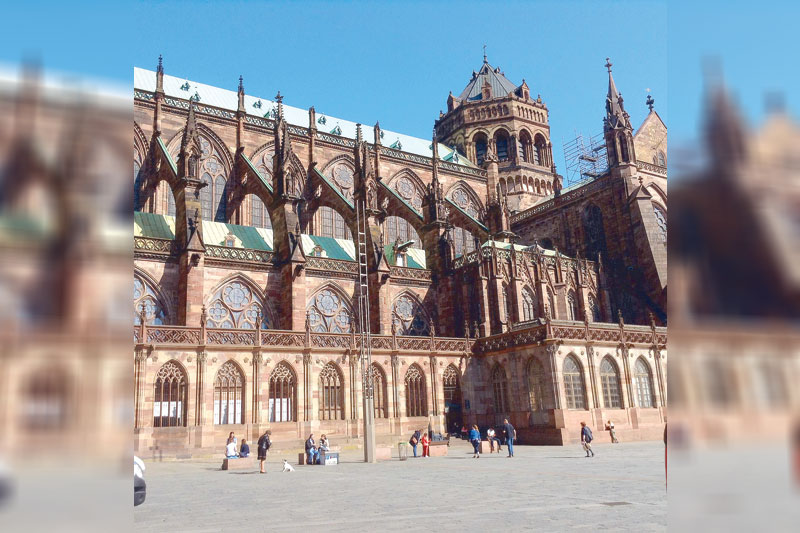
This hiccup was due to the visit of the charismatic Emmanuel Macron, the president of France, for a summit – as Strasbourg is known to be home of several of European institutions such as the European Parliament, the Council of Europe and the European Court of Human Rights.
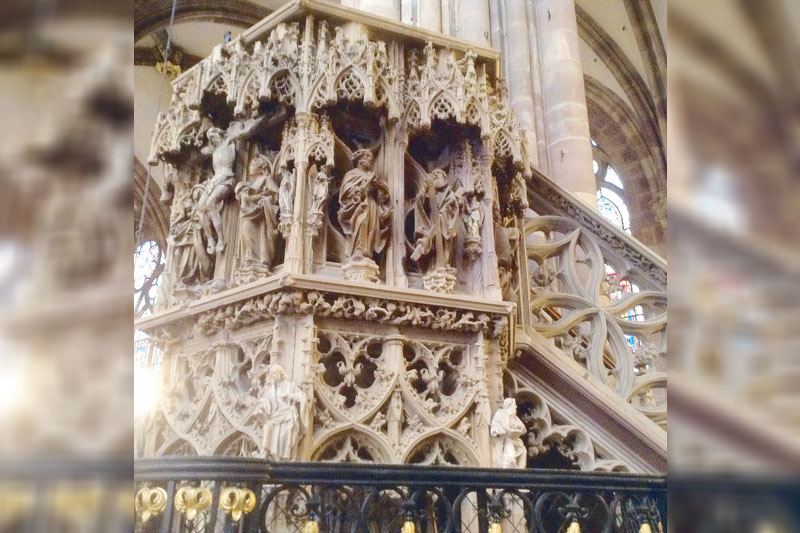
We just happened to be caught smack in the middle of all these conferences, so to get going, a series of detours was in order.
Looking up at the blessed blue sky, storks caught our attention as they zoomed in and out of our vision.
These graceful white birds have conquered chimneys, rooftops and even trees as their homes. They are said to return to the same nest year after year. Some even stay in the same sacred spots of choice their whole lives.
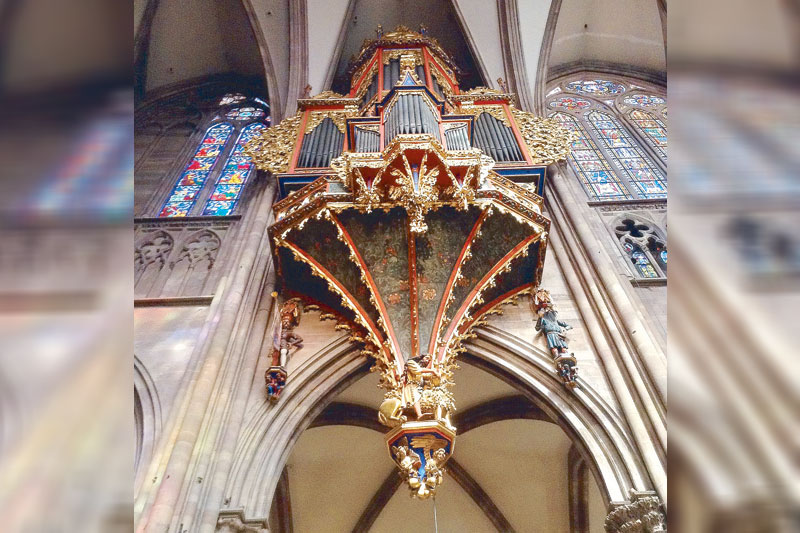
We were introduced to storks in childhood fairy tales where these gigantic birds with wide wings would carry a baby in their beaks to be delivered to a home.
“In Strasbourg, storks are not just a fertility symbol, but are revered as a good luck sign,” our guide volunteered.
Our knowledgeable guide tipped us that we should definitely drop by the Parc de l’Orangerie, the center where storks roost, filled with souvenir shops with all kinds of stork merchandise – from fridge magnets to key rings, plates and saucers, mugs and shirts and postcards.
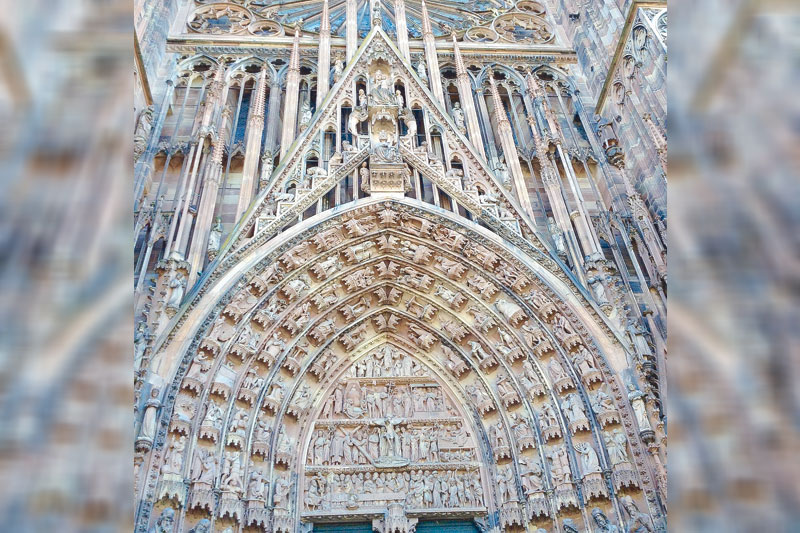
Our guide pointed out that Strasbourg shares borders with France and Germany and has a unique duality of what the best of both worlds can offer.
Just two hours from Paris, it perfectly blends the Medieval, Rennaissance, Romantic and Art Nouveau eras.
“In fact, this melting pot torn between two countries has been described by former US president Barrack Obama as ‘a crossroads. Over thousands of years, you straddled many kingdoms and many cultures. Two rivers are joined here. Two religions have flourished in your churches. Three languages comprise an ancient oath that bears the city’s name.’,” our well-read guide continued.
Being pedestrian-friendly, we had a first-blush walk which gave us a maze-like introduction through narrow streets and alleys. These twists and turns encouraged us to further explore, to gladly discover curious places after wonderful stopovers, all showcasing some features with pride.
The common denominators, though, were the never-ending waterways which surrounded and ran throughout the city.
Our trivia-ready guide imparted another tidbit: “In 1988, UNESCO recognized the beautiful historical center of the Strasbourg Grand-Ill, which lies within the Ill River, as a World Heritage Site. Not just a single monument, but an entire complex – this was the very first time the recognition was lauded upon an entire area. This scope expanded two decades after to include the entire extended city.”

Any visitor who seeks a soulful cultural heritage experience is in for a treat, as the area carries more than 10 museums, its very own philharmonic orchestra, a national opera and a national theater.
Our guide volunteered, “If you have to choose only one, it should be the Strasbourg Historical Museum.”

This self-guided interactive trip, with the aid of earphones, was interjected by an on-going conversation between a gifted historian and a personal commentator who discussed and offered facts and interpretations.
Of interest was an entire section which resembled an aged fortress, with wall integrations, exhibiting various artifacts of the old city and providing insights into the evolution of the inhabitants.
Another segment took account of commander-cum-emperor Napoleon Bonaparte’s chronicled journeys, plus the exploits of General Jean-Baptiste Kléber, who quickly rose up the ranks during the French Revolutionary Wars.
There was a depository of political, economic, social and cultural norms, which spotlighted on paintings and images, military weapons and uniforms and furniture and daily household tools. It even included a display of a massive 1:600 scale model of the entire city.
We then walked through Strasbourg Old Town’s very own Petit France, a collective term for the cluster of quaint buildings near the waterforms inhabited by fishermen, millers and tanners in days past.
By the houses set on narrow cobblestone streets, we glimpsed familiar half-timbered homes with sloping roofs and floral boxes in balconies – all in different vibrant colors.
Each residence proudly displayed their preferred professions, easily visible through symbols by their entrances. Some had animal hides to denote their husbandry affinity, while others had bags of grain to highlight their dedication to agriculture.
We headed to the Kammerzell House, with a sacred and secular façade, influenced by the Bible, Greek and Roman antiquity and the Middle Ages – all in harmony. It is a model for its pure commitment to the preservation of Medieval and Gothic architectures.
It was formerly owned by the eponymous grocer, but was renovated by a cheese merchant named Martin Braun who acquired it in 1571. We stepped in and noticed the stone ground floor – the only remaining remnant – and witnessed the masterful restoration works, where a restaurant stood with remarkable frescoes painted by Alsatian artist Leo Schnug. A nearby terrace gave us a breathtaking view of the surrounding Place de la Cathedrale.
Our guide prodded us to sample a local specialty – the Tart Flambé. “You can venture to any sidewalk café. All of them serve this treat – and I assure you, they are all equally super delicious.”
We settled comfortably in an inviting porch surrounded by wild flowers in different containers, and savored the pizza-like pies of white cheese, thin onion strips and a generous amount of fatty bacon. It certainly took us all into an unfamiliar culinary high. And true enough, our street smart guide was right – for the treat was simply unforgettable.
We were made aware by our attractive young waiters and waitresses to the fact that Strasbourg, or so they claimed, was the birthplace of foie gras. They were fast to admit, though, credit must likewise be given to the Egyptians of 5,000 years ago, who started the practice of fattening geese for consumption.
Our next destination was the absolutely must-see attraction: the iconic Cathedral of Notre Dame, a subject of countless prose and poetry, songs and documentaries.
Described by the French writer Victor Hugo as “a prodigy of the gigantesque and the delicate,” this house of prayer is the pinnacle of the Gothic architectural movement.
The most striking feature of the façade was the approximately 140-meter high spire, the highest and tallest in all of Christianity until the 19th Century. As we stood in awe before this magnificent outer formation, we were amazed by the sheer number of sculptures which stood out from the rest as the natural lights of the city played with its shadows. “Even the red sandstone base would change its hues throughout the day, depending on the colors of the sky,” our guide informed us.
Indoor was pure peace and quiet, enveloped in solemnity and tranquility. The numerous stained glass windows were beyond forgetting, while a huge organ outfitted with electronic figurines provided a serene recital.
And this is not to mention their grand gilded altar, for which we were enraptured as we got up close. As we retreated from the nave, we were still in pure amazement of the Cathedral of Notre Dame, in all its grandeur and glory, and perhaps even its secrets, within the city of Strasbourg we have learned to love, and to return we yearn.


















